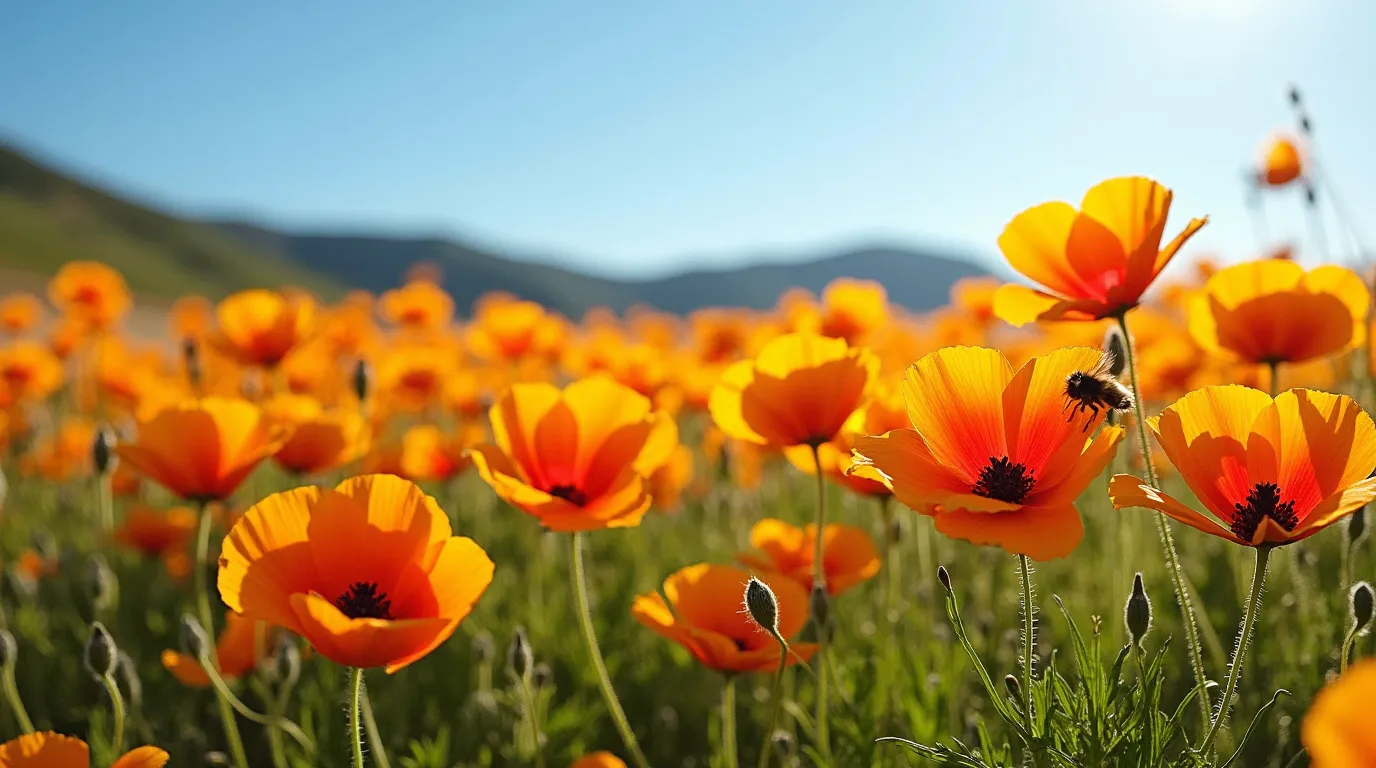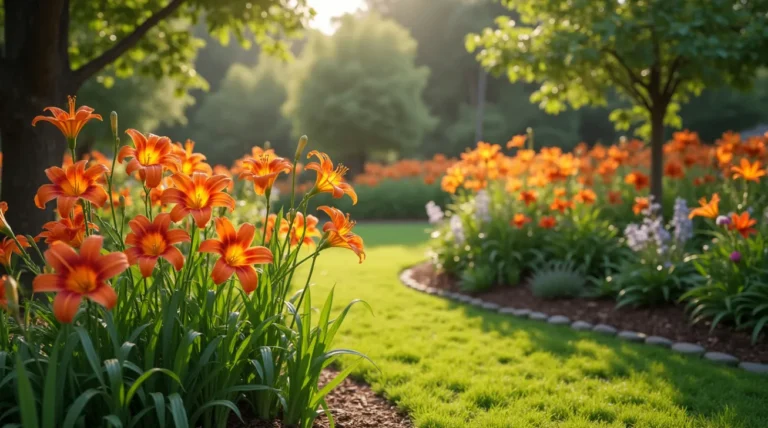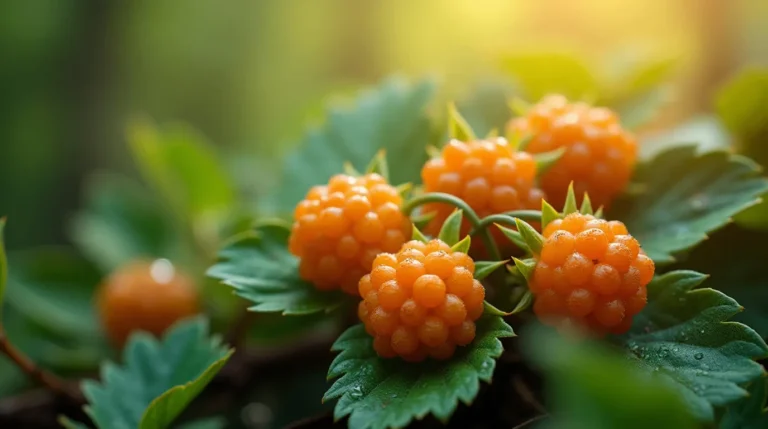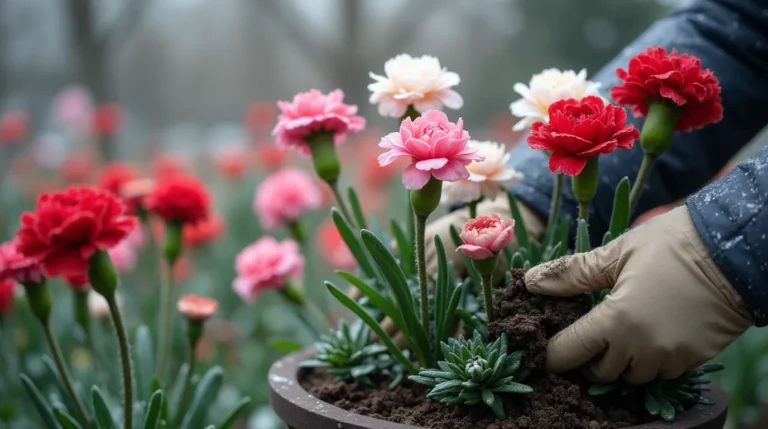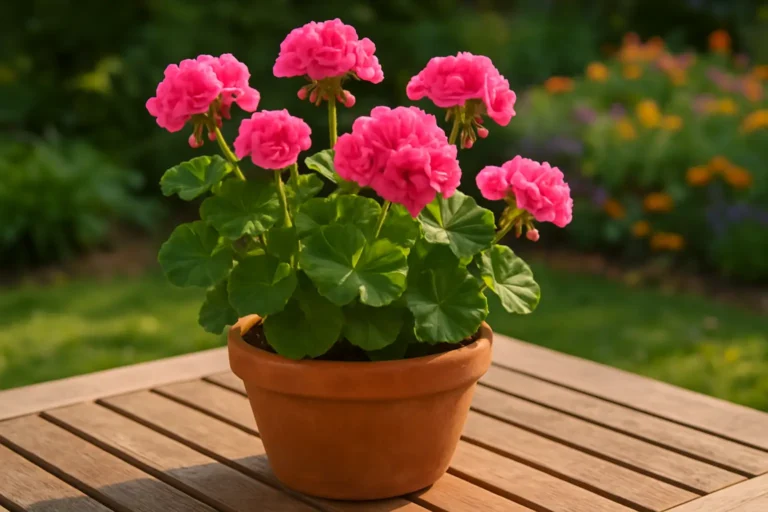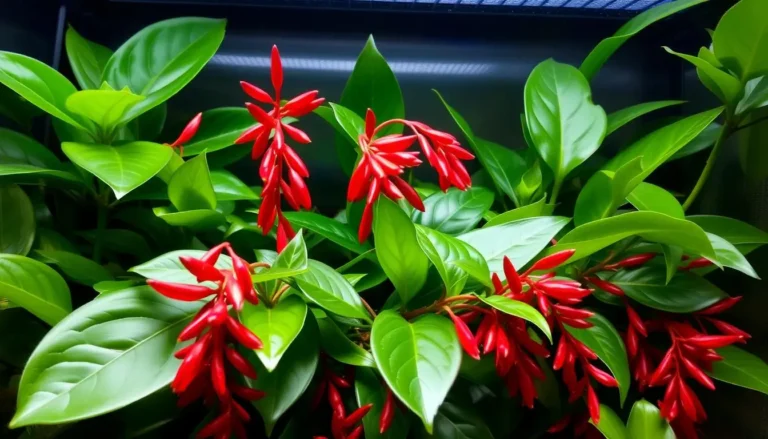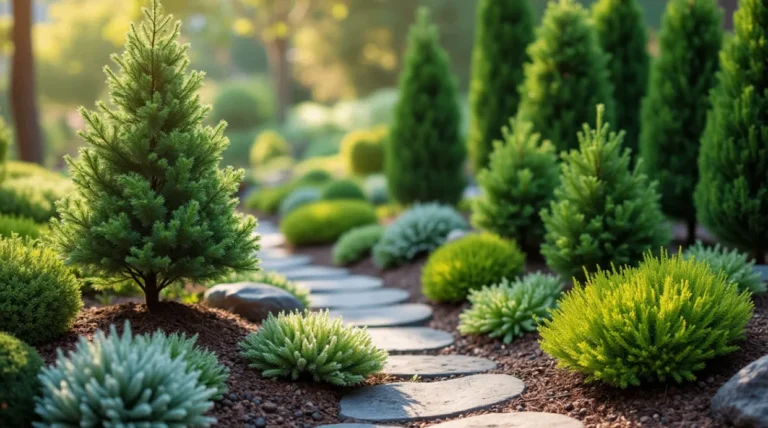California Poppy: Fall In Love With The Easy-to-Grow And Colorful
The California Poppy, known for its vibrant orange petals, is not only the state flower of California but also a beloved garden plant prized for its beauty and low-maintenance nature. Whether you’re a seasoned gardener or a beginner looking to add a splash of color to your yard, the California Poppy is a fantastic choice. This guide will cover everything you need to know about growing, caring, and enjoying this iconic flower.
What is the California Poppy?
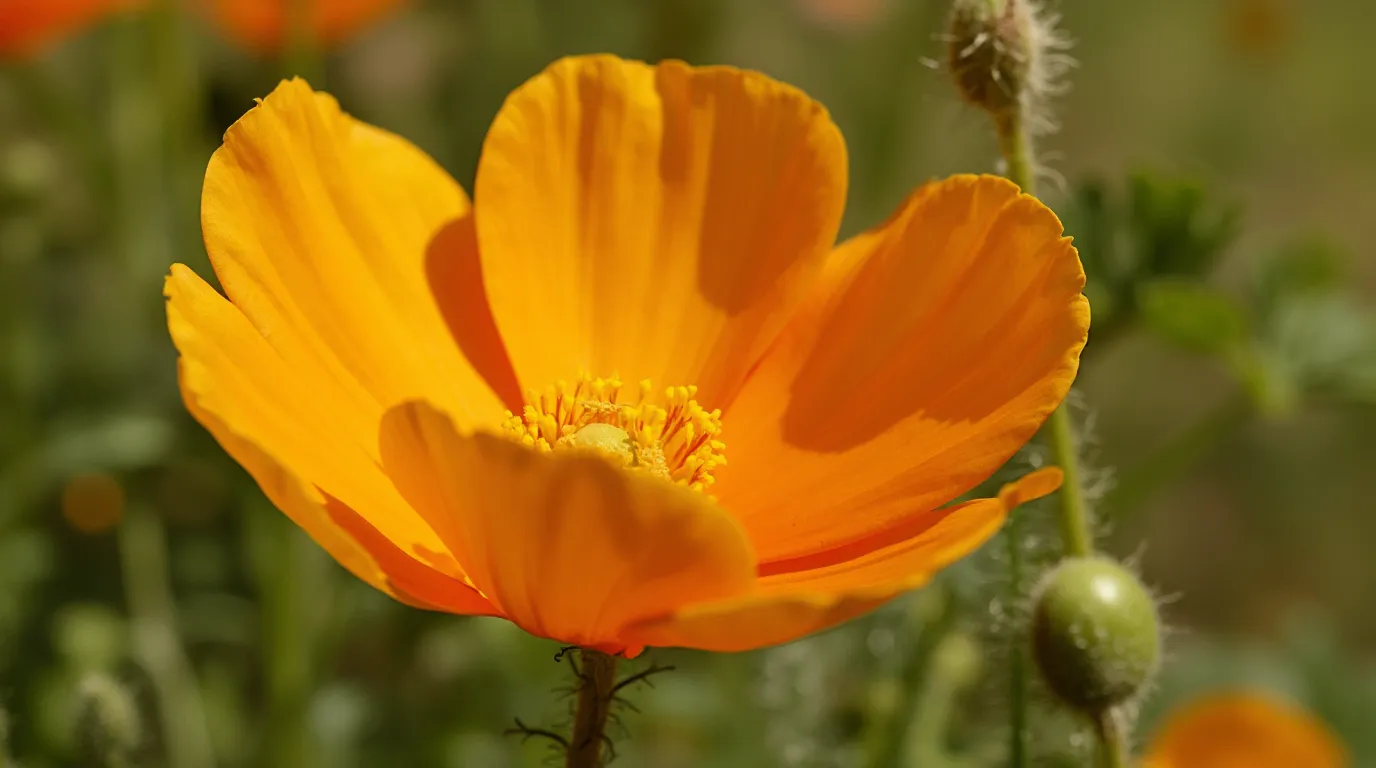
The California Poppy (Eschscholzia californica) is a perennial wildflower native to the western United States and Mexico. It is easily recognized by its bright orange, yellow, and sometimes red flowers that bloom primarily in spring and early summer. Its fine, feathery foliage and drought-tolerant characteristics make it a favorite among gardeners looking to create a low-water landscape.
Characteristics:
- Botanical Name: Eschscholzia californica
- Common Name: California Poppy
- Family: Papaveraceae
- Height: 12 to 18 inches
- Bloom Time: Spring to early summer
- Flower Colors: Orange, yellow, red
- Sun Requirements: Full sun
- Soil Requirements: Well-draining, sandy or loamy soil
- Hardiness Zones: USDA zones 6-10
How to Grow California Poppy
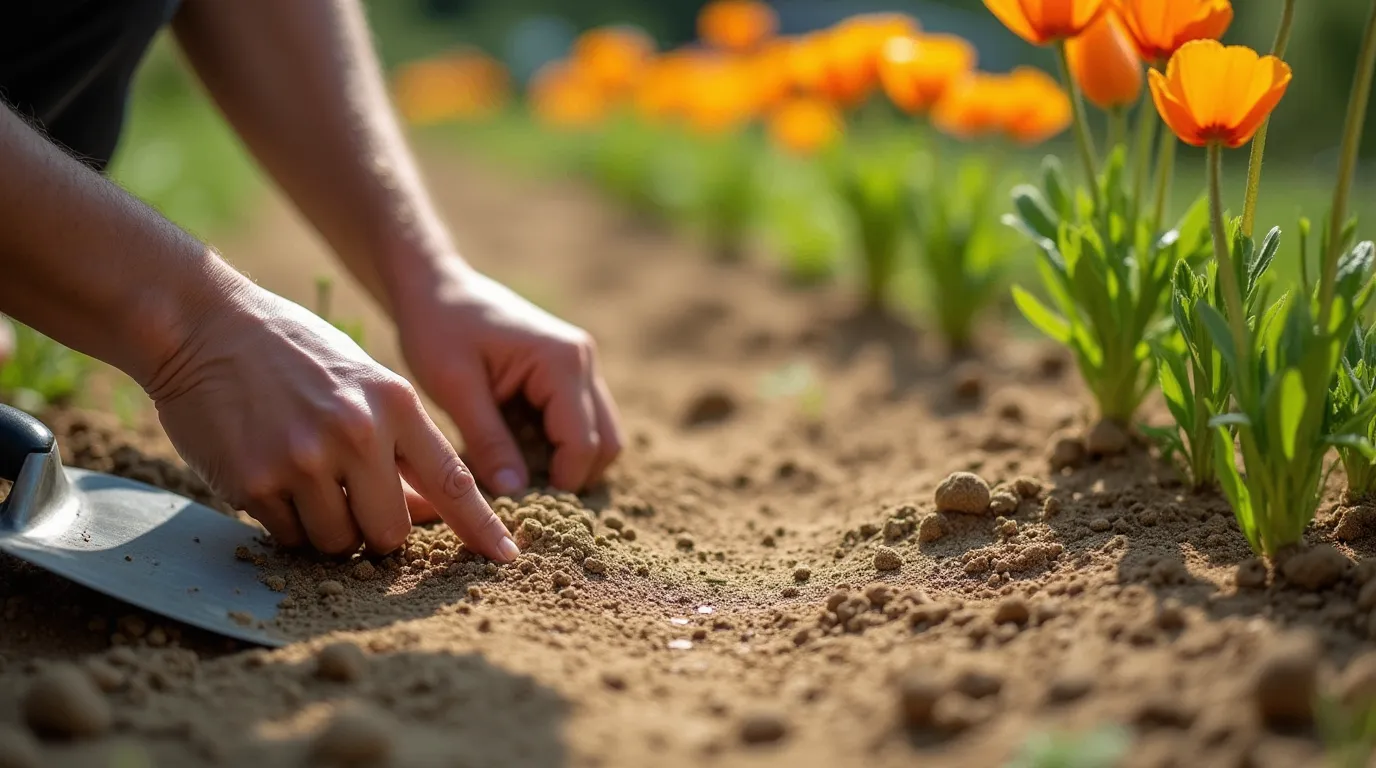
The California Poppy is known for being a low-maintenance plant that can thrive even in poor soil conditions. Here are some tips for successfully growing this beautiful flower.
1. Choosing the Right Location
California Poppies need a location that receives full sun for most of the day. Choose a location in your garden that receives a minimum of six hours of direct sunlight each day. They can tolerate partial shade but might produce fewer flowers.
2. Soil Preparation
The California Poppy prefers well-draining soil. While it can grow in poor soils, it thrives best in sandy or loamy soil with good drainage. Before planting, loosen the soil to a depth of 6-8 inches and mix in a small amount of compost to improve soil structure without adding too much fertility.
3. Planting California Poppy Seeds
- When to Plant: The best time to plant California Poppy seeds is in the fall or early spring. Fall planting is ideal for mild climates, while spring planting is recommended for colder regions.
- How to Plant: Scatter the seeds directly on the soil surface. Lightly rake them into the soil, but do not bury them deeply—California Poppy seeds need light to germinate.
- Watering: Water the seeds lightly after planting and keep the soil slightly moist until they germinate. Once established, these poppies are drought-tolerant and only need occasional watering.
4. Caring for California Poppy
- Watering: After the plants are established, water only when the soil is dry. Excessive watering can lead to root rot and various other problems.
- Fertilizing: California Poppies do not require much fertilization. In fact, too much fertilizer can cause them to grow leggy with fewer blooms.
- Pruning: Deadhead spent flowers to encourage more blooms. At the end of the growing season, allow some seed pods to dry and drop seeds for natural reseeding.
Propagation and Reseeding
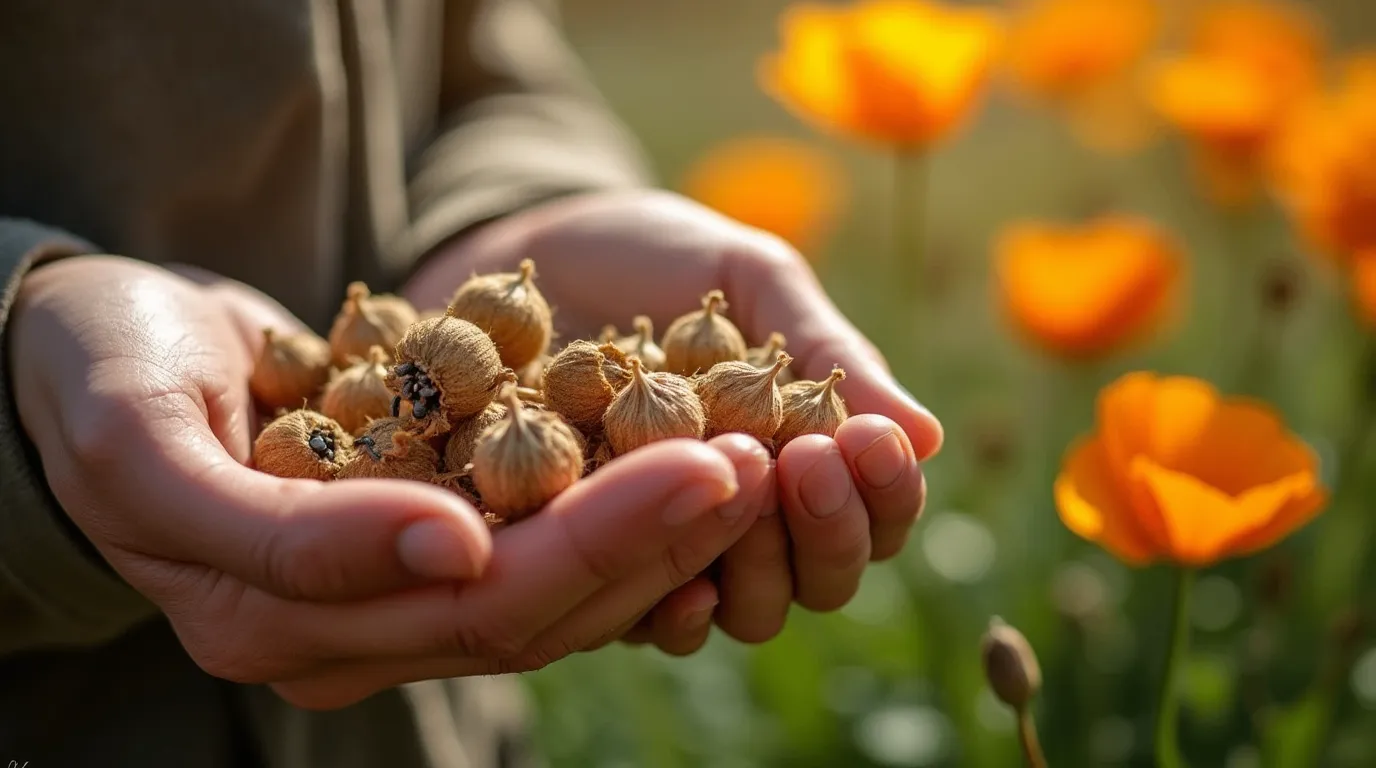
The California Poppy is a self-seeding plant. Once you establish a patch, it will likely reseed itself year after year. If you want to collect seeds, wait until the seed pods have dried and turned brown. Gently break open the pods and store the seeds in a cool, dry place until you’re ready to plant them.
Common Pests and Problems
California Poppies are generally pest-resistant, but they can occasionally be affected by aphids, snails, and slugs. Here’s how to address common issues:
- Aphids: Treat the affected areas by spraying with a strong stream of water or applying insecticidal soap.
- Snails and Slugs: Place crushed eggshells or diatomaceous earth around the plants to deter these pests.
- Root Rot: Ensure good soil drainage and avoid overwatering to prevent root rot.
California Poppy in Landscaping
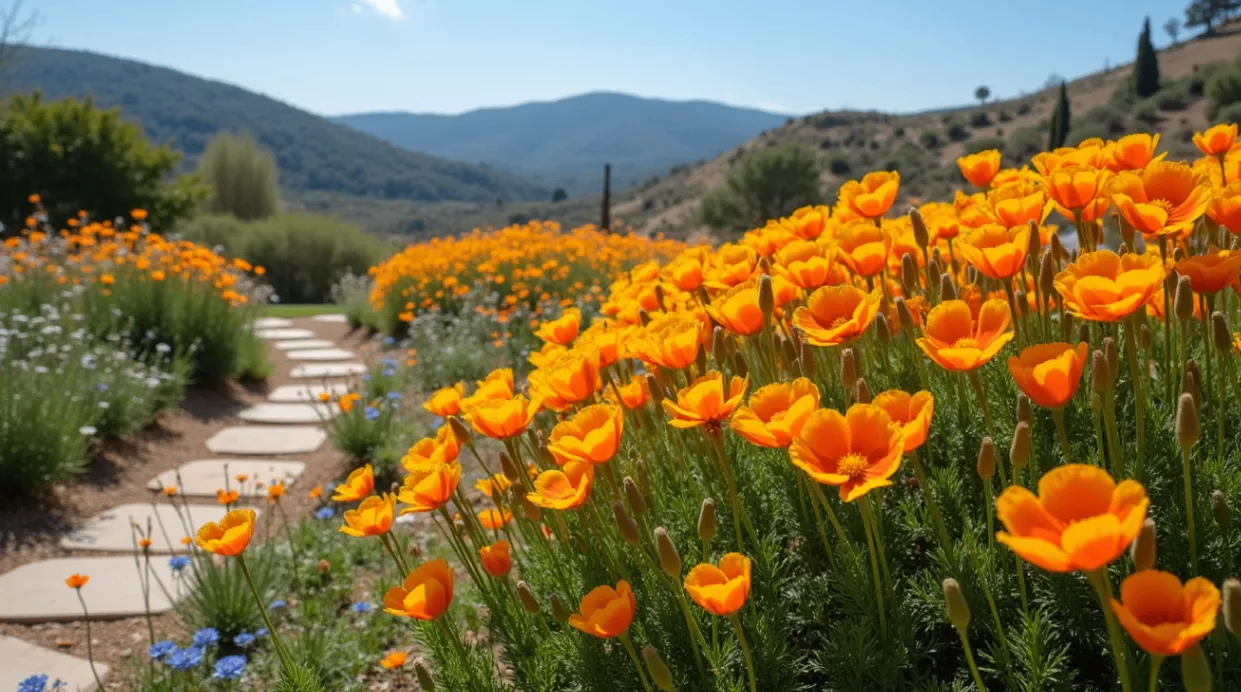
California Poppies are versatile flowers that can be used in various landscape designs. They look stunning in rock gardens, wildflower meadows, and even as borders along garden paths. Because of their drought tolerance, they are ideal for xeriscaping—a landscaping method that reduces the need for irrigation.
Design Ideas:
- Wildflower Gardens: Mix California Poppies with other wildflowers like Lupines and Bluebells for a beautiful, natural-looking garden.
- Containers: Plant them in large containers or window boxes for a burst of color.
- Borders: Use them along garden paths or as a low-growing border plant.
Fun Facts About California Poppy
- In 1903, the California Poppy was officially named the state flower of California.
- The flower closes its petals at night or during overcast weather and reopens in the morning.
- It is sometimes referred to as the “Cup of Gold” because of its bright, golden-orange color.
- Native Americans historically used California Poppies as a food source and for medicinal purposes.
FAQs
1. Can California Poppies grow in containers?
Yes, California Poppies can be grown in containers. Choose a large pot with good drainage and use a sandy, well-draining soil mix.
2. How often should I water California Poppies?
Once established, California Poppies only need watering when the soil is dry. Overwatering can lead to root issues.
3. Do California Poppies come back every year?
In their native regions, California Poppies act as perennials. In colder climates, they are often grown as annuals but can reseed themselves to come back the following year.
4. Why are my California Poppies not blooming?
This could be due to too much shade, overwatering, or overly rich soil. Make sure they are placed in full sunlight and planted in well-draining soil.
5. Can I grow California Poppies indoors?
While California Poppies are typically grown outdoors, you can try growing them indoors in a sunny spot with lots of light and proper air circulation.
Conclusion
The California Poppy is an easy-to-grow, stunning flower that adds beauty and resilience to any garden. With their cheerful blooms and minimal care requirements, they’re perfect for gardeners of all levels. Whether you want to create a wildflower garden or just enjoy a splash of color, the California Poppy is a must-have in your garden.
By following this guide, you’ll be able to successfully grow and care for California Poppies, ensuring they flourish year after year. Enjoy the golden glow of the California Poppy and watch as it brightens up your garden space!

